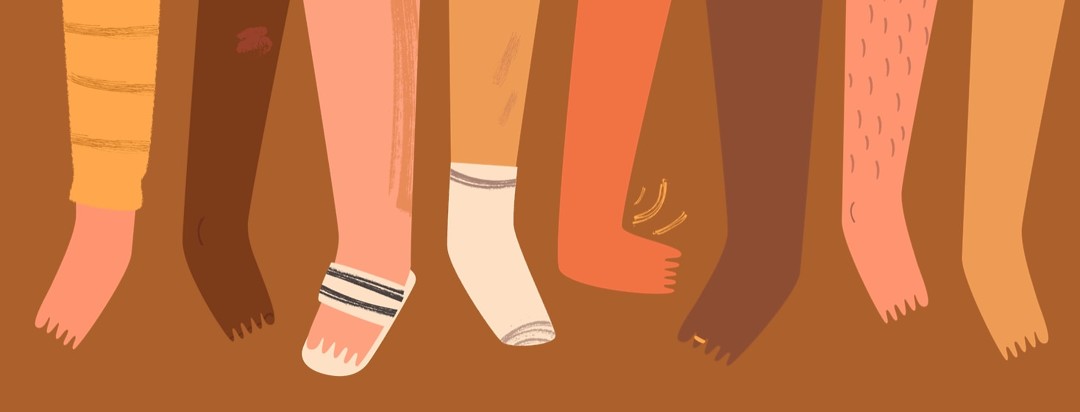4 Common Types of Leg Pain in Parkinson's
One of the biggest complaints I hear from people with Parkinson's disease (PD) is severe leg pain. As a fellow, if I had heard someone complain of pain in their leg I would not have thought it due to Parkinson’s.
My grandmother often complained of deep pain in her calves and in her legs which started before her tremors and shuffling were noticeable. Never did I imagine that leg pain would be a pre-clinical or early symptom of PD. I assumed her pain was neuropathic in nature due to her diabetes.
An early symptom
Interestingly enough, 1 of my early symptoms of the disease was deep searing pain in my left leg, the type of pain my grandma had complained about many times. Initially this type of pain was worst in the morning as well as at night, making me think is was some sort of fasciitis.
However not only did typical anti-inflammatories and muscle relaxants not alleviate my pain but pain worsened over time to a constant burning pain that felt as if someone was tearing the muscle and pouring hot oil on it.
The pain was so excruciating it was permeating into all aspects of my life. I was constantly in need of deep tissue massage asking my husband to massage my legs just as my grandmother had asked of us time and time again. This helped only temporarily.
Which brings me to the 4 types of leg pain in PD.
Central pain
This pain is described as constant burning sensation with occasional burst of sharp pain. As it was in my case, this pain is commonly exacerbated by cold and by light touch.
I could not stand the sheets to touch my skin and being in a cold room sent my pain through the roof. This type is usually bilateral but it may start on the side where other Parkinson’s symptoms begin. For me, it was the leg where my rest tremor began.
Dystonia
When related to levodopa, it usually occurs as a wearing off but can also occur at peak dose. In most cases this leg pain is unilateral and has direct correlation to medication intake.
When pain is due to dystonia, it is more common in early morning. This type of leg pain is usually accompanied by toes curling and foot abnormally posturing.
Musculoskeletal
Musculoskeletal pain occurs due to rigidity, abnormal posturing, and lack of mobility leading to pain in the legs.
It may also affect the joint like the hip or knee. This pain is usually more pronounced on the more affected side. It can be localized or widespread and also can be sudden.
Radicular pain
In this case, the pain is caused by compression of nerves in lumbar area which results in weakness, numbness and tingling, and loss of reflexes from buttocks to foot in a distribution of a nerve. It can be acute or chronic, and can be worse with standing and sitting, or better with laying down.
Of note: in my experience many patients including myself have these symptoms not because of physically herniated disc but rather by the stretching of a nerve in the canal as it exists due to severe musculoskeletal rigidity and abnormal posturing.
Treatment options
Treatment depends on properly identifying the type. If pain is bilateral, always assume it is central pain (pain due to PD). In my experience Azilect works great for this type of pain. Other medications can be employed for this pain as well.
Massage therapy works for all types of leg pain - my favorite therapy but can be costly. Water therapy may also work for all types except central pain. Physical therapy (PT) can alleviate dystonia pain, as well as musculoskeletal and radicular pain.
If pain is due to dystonia related to levodopa intake, find out when it occurs - end of dose or at peak dose. Typically adjusting medication doses will resolve problem. However, if dystonia is an initial symptom of PD, initiating treatment with levodopa will resolve.
If medication adjustment does not work well for levodopa induced dystonia, another treatment option is deep brain stimulation. Pain due to dystonia independent of cause can also respond well to Botox injections, as well as centrally acting muscle relaxants.
To avoid and alleviate pain caused by stiff muscles, a great treatment option is activity in the form of stretching exercises - any number of activities will do such as tai-chi or yoga. For me when I start having radicular pain shooting down my leg it is time to up my levodopa dosage.
If you are having leg pain make sure to discuss it with your physician.

Join the conversation